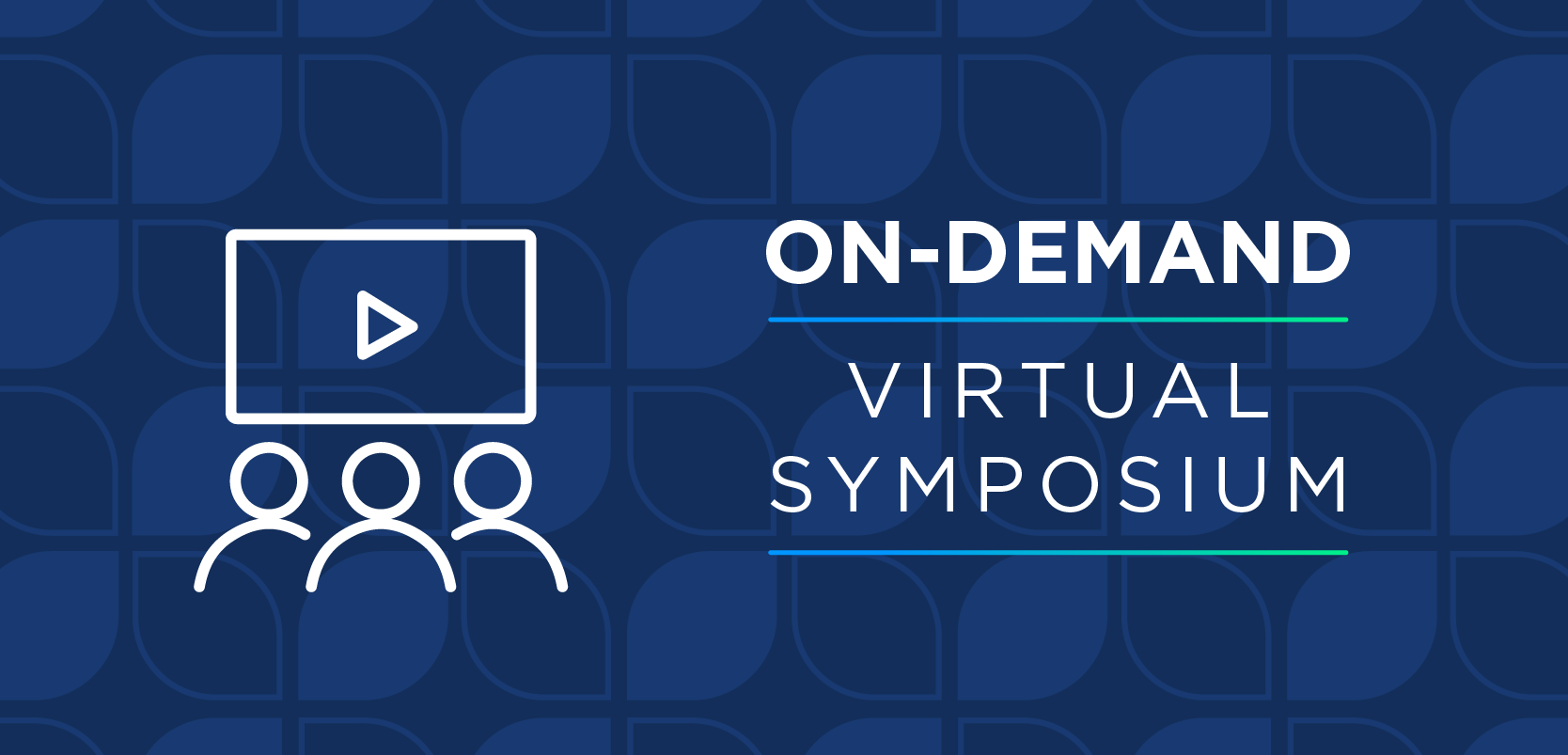
Optimizing P&T Process for Biosimilar Adoption
A discussion on the extrapolation of European data to aid in P&T (Pharmacy and Therapeutics) committee decisions to adopt the use of biosimilars.
Episodes in this series

Bhavesh Shah, RPh, BCOP: Has there ever been hesitation in the P&T [pharmacy and therapeutics] committee approval process where there are more data that they’re looking for beyond what’s FDA approved, such as European data? I’m wondering if any of you have ever experienced that in the P&T approval process. Ryan, perhaps you can share some insight?
Ryan Haumschild, PharmD, MS, MBA: I think that’s a great question. Bhavesh, to your point, originally people did want to see more data. I think we’ve leveraged the European data because they have been utilized for so long. They’re treating patients just like we are, and so I think when initial questions came up, we were able to pull some of that real-world evidence and data that have been available about immunogenicity, how adjuvant patients were doing, as well as those with curative intent if they are really getting biosimilars and still having great outcomes. I think that was the benefit. Again, by pulling that data in and showing the biosimilar and reducing that financial toxicity by still having great efficacy and outcomes, I think you’re really doing what’s best for the patient. A lot of our providers recognize that’s our primary goal, and I think we achieved that even if we have to leverage some data from even other countries sometimes.
Bhavesh Shah, RPh, BCOP: Go ahead, Tim.
Tim Peterson, PharmD, BCOP: I was going to point out a few things, in coordination with some of the European experience and being able to track along with their head start and their experiences with it. A lot of our institutions have had this tiered approach to the incorporation of biosimilars. I know for most institutions, we incorporated tbo-filgrastim before we even had a biosimilar pathway. That was our pseudo introduction as pharmacists and in the education process to providers and administrators about what biosimilars will be. A lot of them got used to the growth factor support sector and biosimilars being utilized in that setting. I think it’s a lot easier to prove the worth of a growth factor and show them very clearly that they’re getting this filgrastim biosimilar. You can see their neutropenia resolving, and they can actually see it on their monitor and see how efficacious it is. There’s no noted difference between what they would expect from the reference product. They can latch onto that and their comfort with that and expand farther into the actual therapeutic realm in oncology. That’s exactly what’s been shown in the surveys for European providers too. We’re mirroring what they did.
Brandon Dyson, PharmD, BCOP, BCPS: To piggyback on all of that, once the floodgates are open; for the first one—the first biosimilar—it’s an uphill battle. As they become more ubiquitous and there’s more available on the market, we become more and more used to using them. There’s less resistance to it because it’s already been established. “I’ve already done it for this and for this,” so it becomes, “Sure, why not? Curative intent.”
Bhavesh Shah, RPh, BCOP: Yes, absolutely.
Transcript edited for clarity.
Newsletter
Stay informed on drug updates, treatment guidelines, and pharmacy practice trends—subscribe to Pharmacy Times for weekly clinical insights.






















































































































































































































